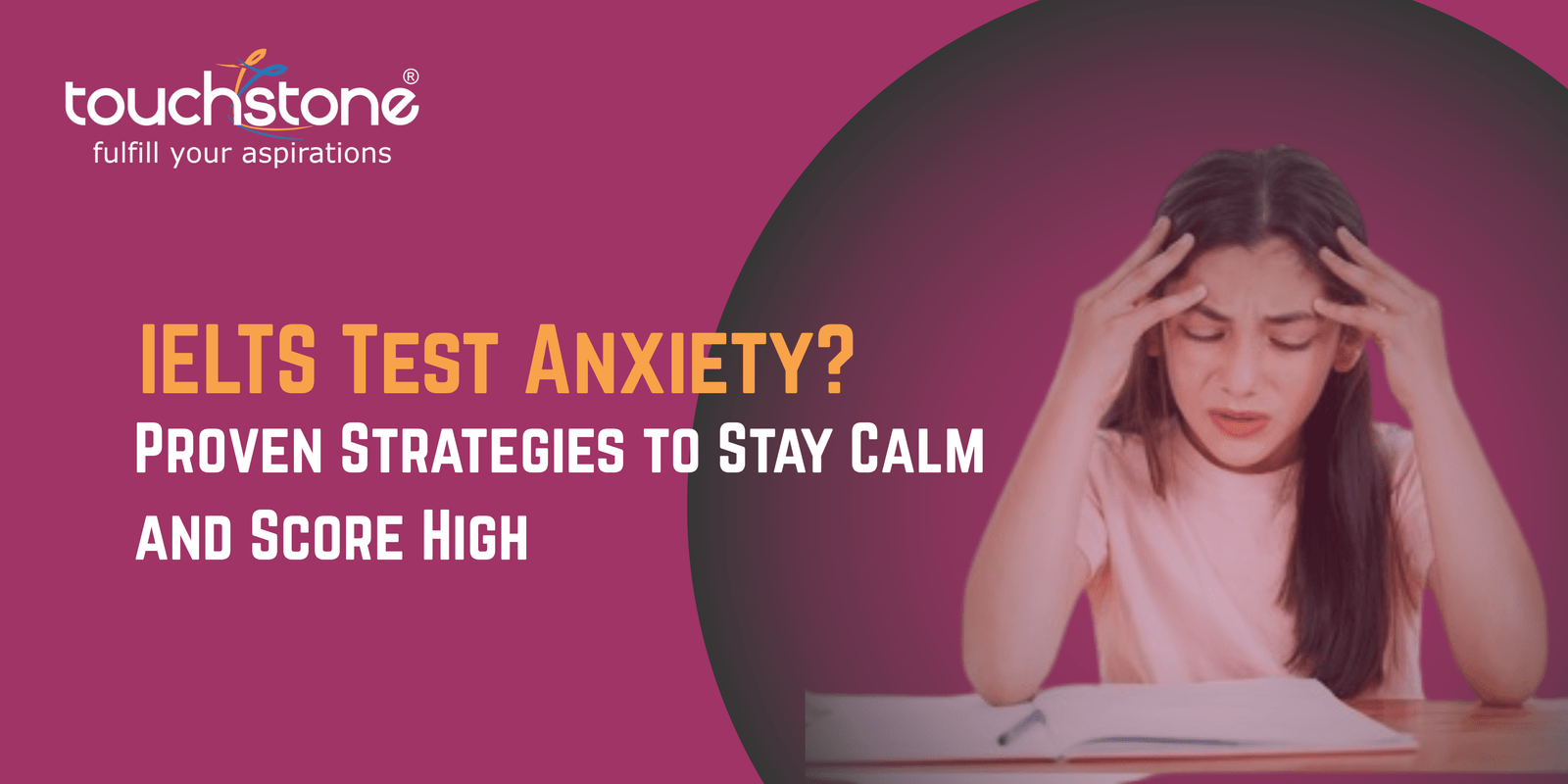What do IELTS Bands show?
IELTS results are reported on an overall 9 band scale as well as individually for listening, reading, writing, and speaking. IELTS bands are interpreted as follows:
9 Bands:
If a person scores 9 bands in IELTS, it implies that he/she is an expert user and has fully operational command of English.
8 Bands:
An individual who scores eight bands in IELTS is considered to be a very good user of English, with a fully operational command of English with negligible inaccuracies.
7 Bands:
A seven band scorer in IELTS is considered to be a good user of English with an operational command of English, with some inaccuracies and misunderstandings.
6 Bands:
A person who scores six bands in IELTS is considered to be a competent user of English with an effective command of the language, but there are inaccuracies, misunderstandings, and inappropriacies in the way he/she uses English.
5 Bands:
If an individual scores five bands in IELTS it means that he/she is a modest user of English with partial command of the language and he/she is likely to make many mistakes.
4 Bands:
A four band scorer is considered a limited user of English and there are frequent breakdowns in his/her English communication.
3 Bands:
A person who scores three bands in IELTS is considered to be an extremely limited user of English and his/her English communication is limited to basic situations only.
2 Bands:
A two band scorer is an intermittent user of English and has a lot of difficulty in understanding, writing, and speaking English
1 Band:
This person has no ability to use English.
0 Band:
did not appear for the test.








